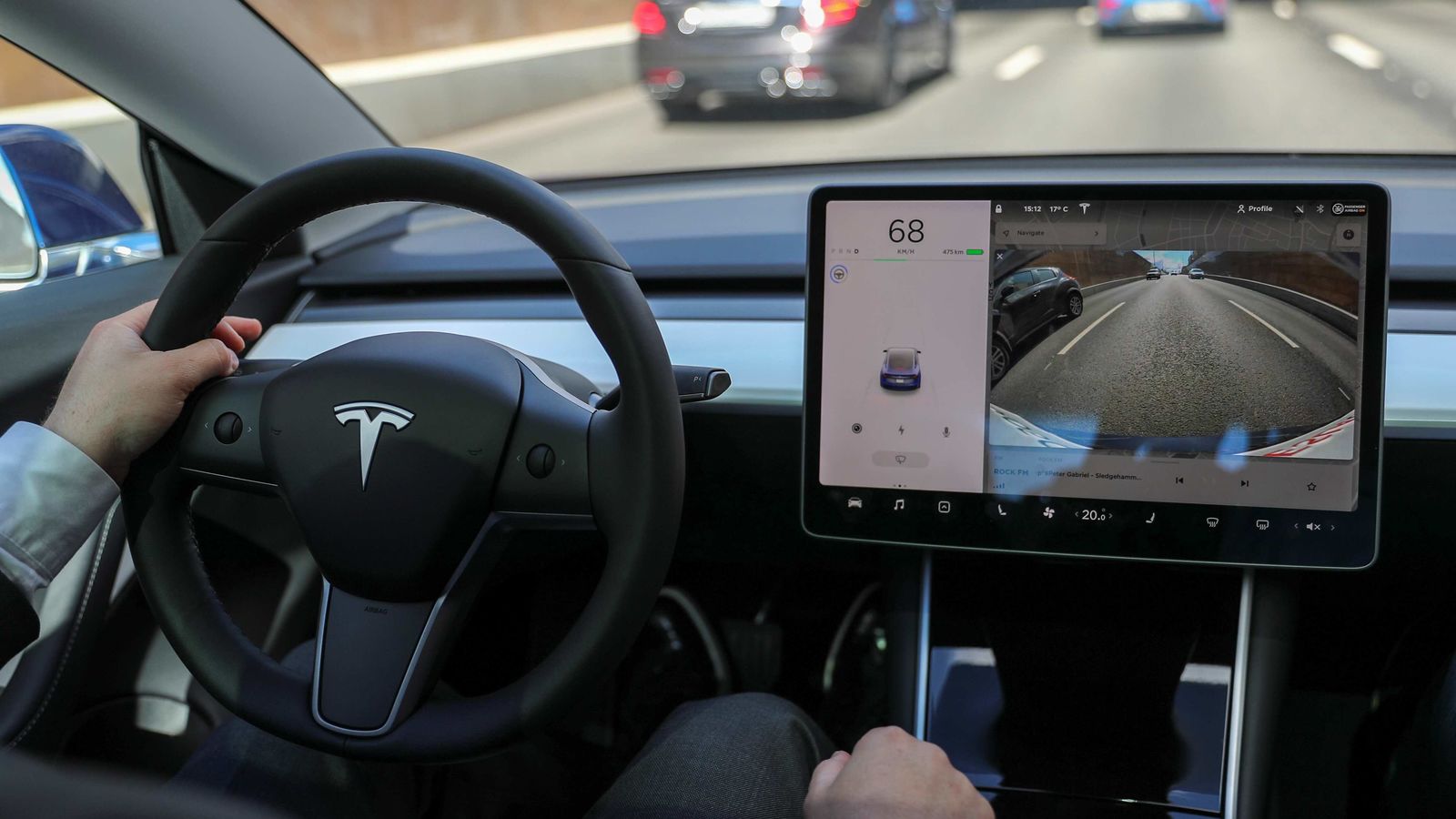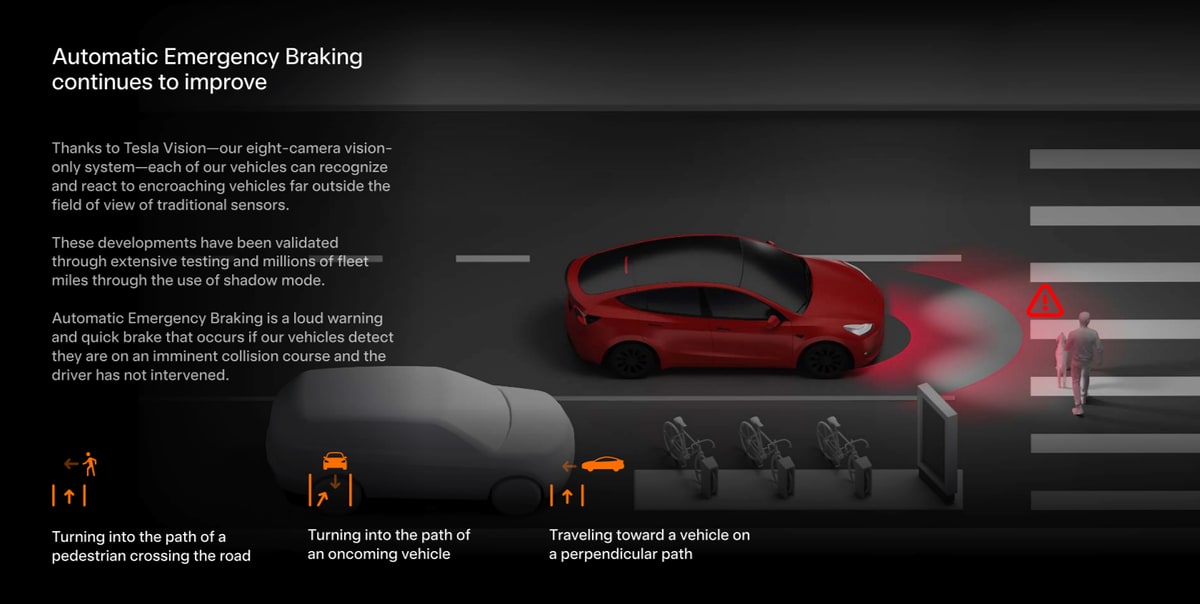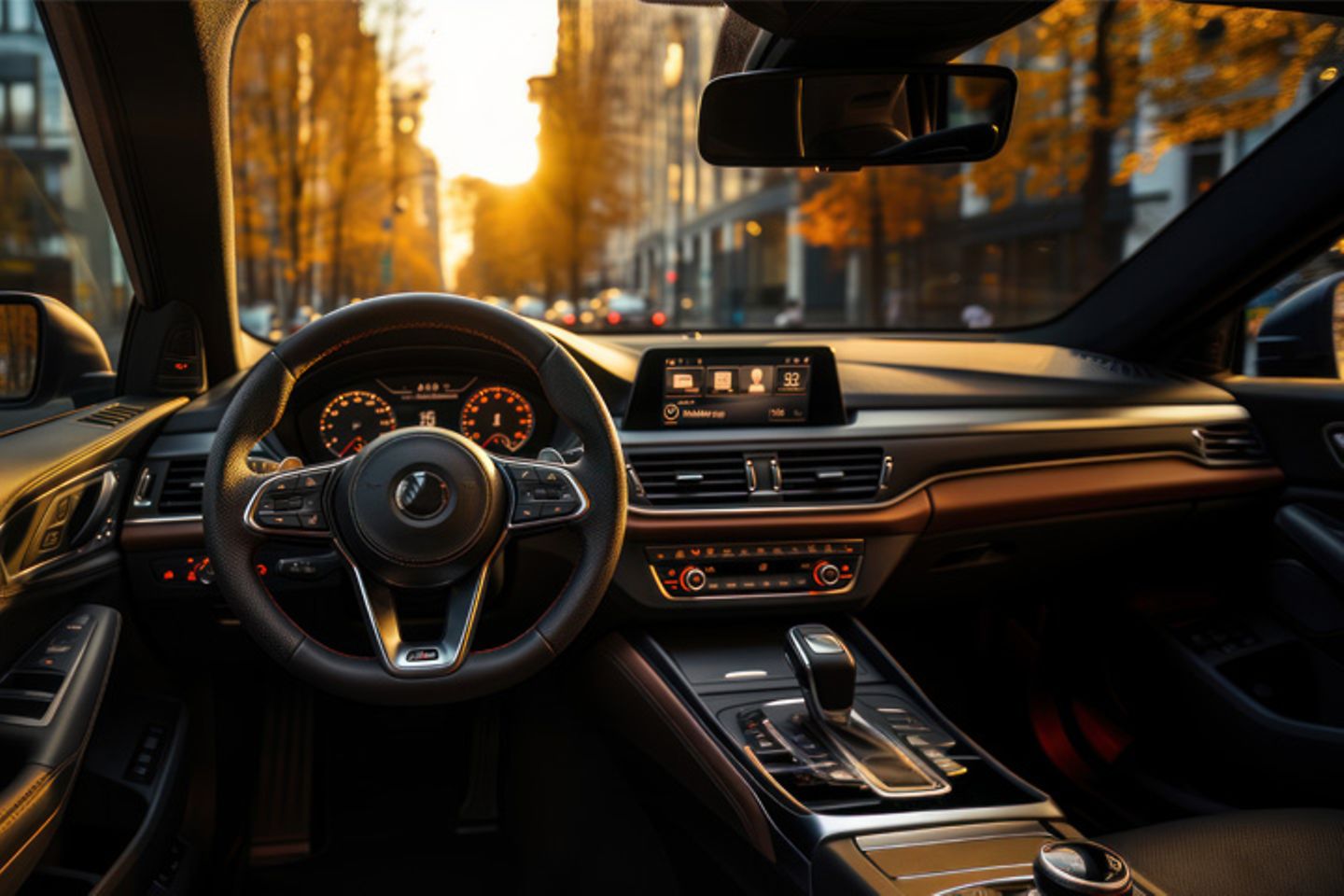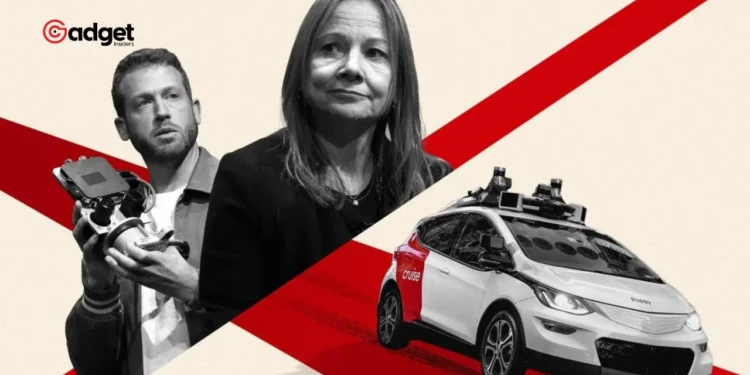Brianna Janel found herself in a precarious and dangerous situation in the bustling parking lot of Chick-fil-A in Costa Mesa, California. What was supposed to be a routine software update for her Tesla turned into a 40-minute ordeal, trapping her inside the vehicle with temperatures soaring to 115 degrees. Janel, a Tesla owner for six years, decided to perform the update while parked.
She soon regretted this as the car’s system locked her in, disabling the driving and charging functionalities.

Rising Temperatures and Rising Panic
Janel described the inside of her car as a “roasting” environment, vividly expressing her fear and discomfort. “Inside my car, it’s 103 degrees, so I’m slightly freaking out. I hope I don’t run out of air,” she reported during her confinement.
As the temperature climbed, her anxiety grew, compounded by her inability to open windows or doors. “I can’t open up the doors or the windows otherwise I could potentially damage my car, so I’m just stuck in here roasting like a frickin chicken dripping sweat,” she added.

Her TikTok video documenting the incident attracted nearly 30 million views, highlighting the severe implications of a seemingly simple software update. Janel’s frustration was palpable as she watched her Chick-fil-A order sit unclaimed while she was stuck.
The relief she felt upon finally escaping and re-entering the realm of air-conditioned spaces was immense. “The AC has never felt so good, and I’ve never felt better. I feel like I just took a bath,” she exclaimed.
The Importance of Manual Overrides
While Tesla vehicles are equipped with manual door releases designed for situations where power is depleted, Janel opted not to use them due to concerns about damaging her vehicle. This incident underscores the critical need for awareness and understanding of all vehicle safety features.
Consumer Reports has pointed out that electronic interior door releases are not exclusive to Tesla. Other vehicles, including the Ford Mustang Mach-E and Audi E-Tron, feature similar systems.
A historical note of caution was provided by a 2006 incident involving a Cadillac XLR, where the driver, unaware of the manual release, was trapped for 14 hours due to a dead battery.
Broader Concerns for Tesla
This incident comes at a time when Tesla is already under scrutiny. Criticism has not been limited to software updates, with recent reports of safety concerns during the development of Tesla’s Cybertruck and operational hiccups, such as the backlog of incomplete trucks at the Texas factory.
Furthermore, Elon Musk’s recent travel decisions have stirred diplomatic tensions, hinting at a broader array of challenges facing the electric vehicle pioneer.

Lessons Learned and Tips for Tesla Owners
Janel’s harrowing experience serves as a potent reminder of the complexities introduced by modern vehicle technologies. She advises other Tesla owners, “Do not update it when you’re sitting in the car. Stick to updating it at 2 am like I used to do it.”
This cautionary tale not only highlights the need for better user education regarding vehicle features but also calls for manufacturers to enhance the safety protocols in their software to prevent such dangerous situations.
The incident has prompted discussions about the balance between innovation and safety, emphasizing that as vehicles become more technologically advanced, the potential for unexpected dangers may increase. Both manufacturers and vehicle owners must remain vigilant and informed about the capabilities and risks associated with modern automotive technologies.










